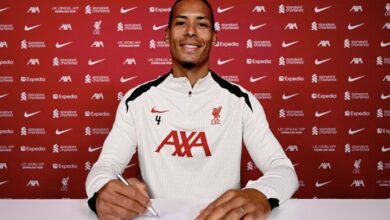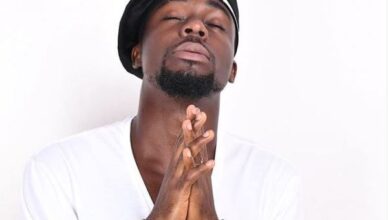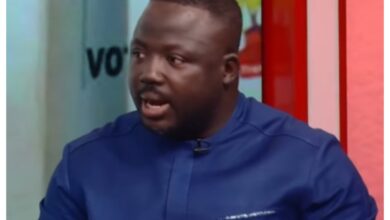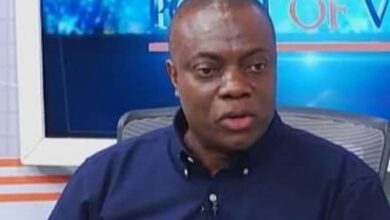How the new Pope Robert Prevost was elected
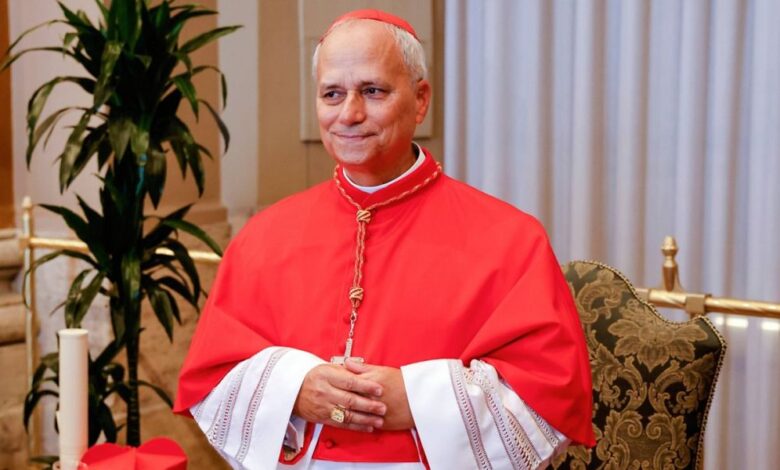
Robert Prevost’s historic election as the first American pope followed a centuries-old papal conclave held within the Sistine Chapel, where 133 cardinal-electors gathered in solemn secrecy to choose the 267th leader of the Roman Catholic Church.
The election of Pope Robert I, formerly Cardinal Robert Prevost, marks a historic milestone for the Catholic Church, not only because he is the first American to ascend to the papacy, but also because of the deeply traditional process that ushered in his pontificate.
The conclave officially began on Wednesday afternoon, as the cardinal-electors — all under the age of 80 — entered the Sistine Chapel after celebrating a special Mass. The ritual was steeped in pageantry: scarlet cassocks, Latin chants, oaths of secrecy, and the dramatic closing of the chapel doors signaled the start of the secluded proceedings.
Cardinal Pietro Parolin, the Vatican’s Secretary of State and a leading contender, led the initial phases of the conclave. Notably, Cardinal Giovanni Battista Re, the senior cardinal present, was caught on a hot mic during the pre-conclave Mass exchanging words with Parolin: “Auguri doppio” or “double best wishes.”
The comment sparked widespread speculation in Italy, with some interpreting it as an informal endorsement.
The actual voting followed a highly structured process rooted in canon law. Each cardinal inscribed their choice on a ballot marked with the Latin phrase “Eligo in Summum Pontificem” — “I elect as Supreme Pontiff.” They then approached the altar individually, declared their oath before God, and placed the folded ballot into a gold-and-silver urn using a ceremonial plate.
Three randomly chosen scrutineers then opened and recorded each vote. Their tally was verified by three other cardinals known as revisers, with the results of every round preserved for the Vatican archives.
After multiple rounds of voting, white smoke billowed from the Sistine Chapel chimney — the traditional sign that a two-thirds majority had been reached. Moments later, the bells of St. Peter’s Basilica rang out across Rome.
As thousands gathered in St. Peter’s Square, the crowd erupted in cheers. Cries of “Viva il Papa!” filled the air as nuns wept and clergy made the sign of the cross. Soon after, Cardinal Protodeacon Jean-Pierre Ricard stepped onto the balcony to deliver the long-awaited announcement: “Habemus Papam” — “We have a Pope.”
Robert Cardinal Prevost, originally from Chicago and head of the Vatican’s Dicastery for Bishops, emerged as Pope Robert I.
He holds dual U.S. and Peruvian citizenship and spent much of his pastoral life serving in Peru. His role in the Curia positioned him at the heart of episcopal appointments around the world — experience that likely influenced his support among the electors.
His election not only ushers in a new chapter for the Catholic Church but also reflects a broader geographic and pastoral shift in leadership.

